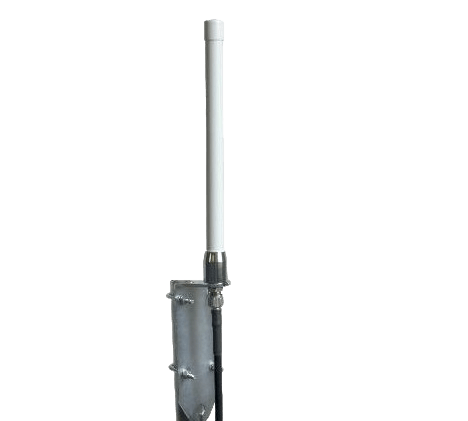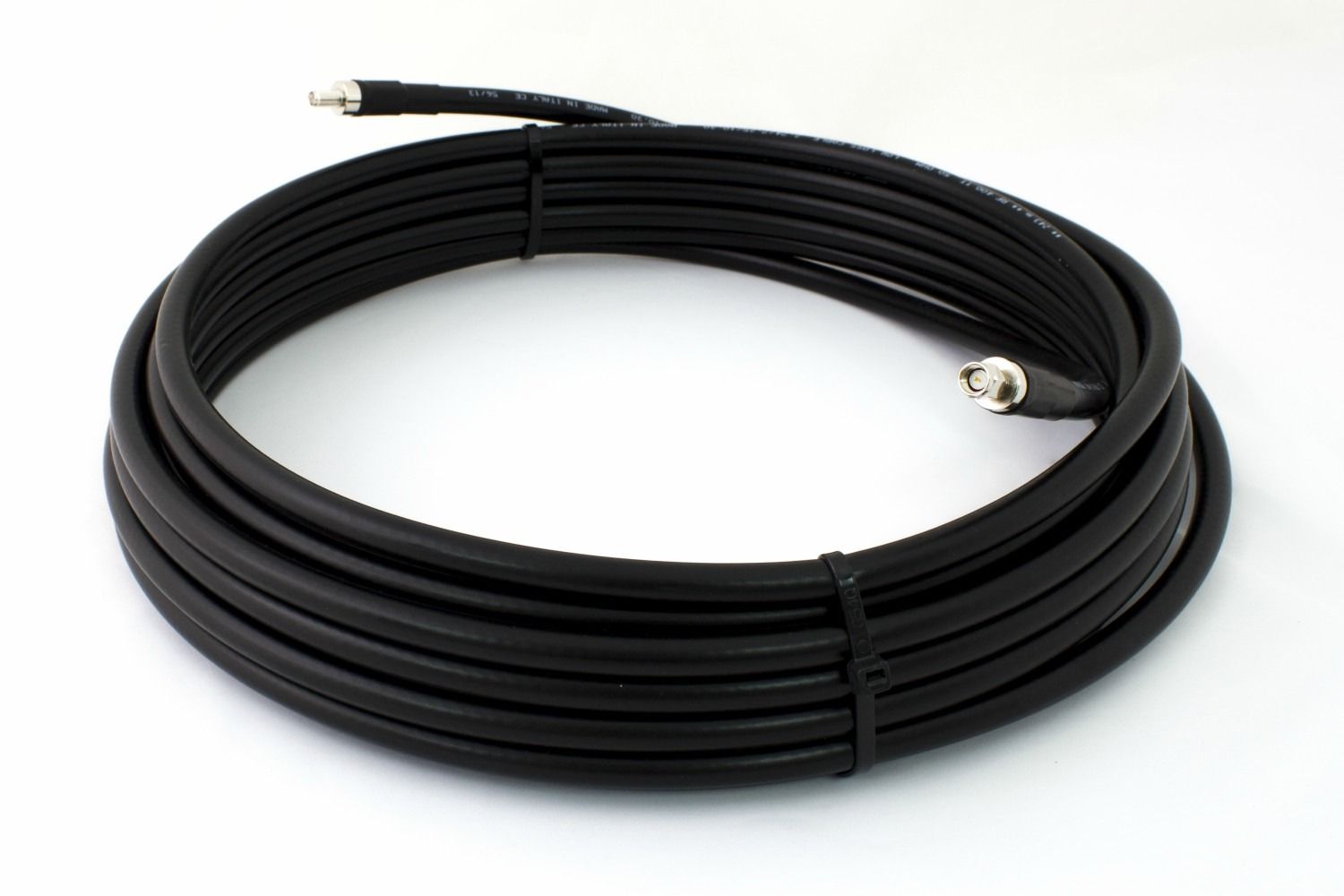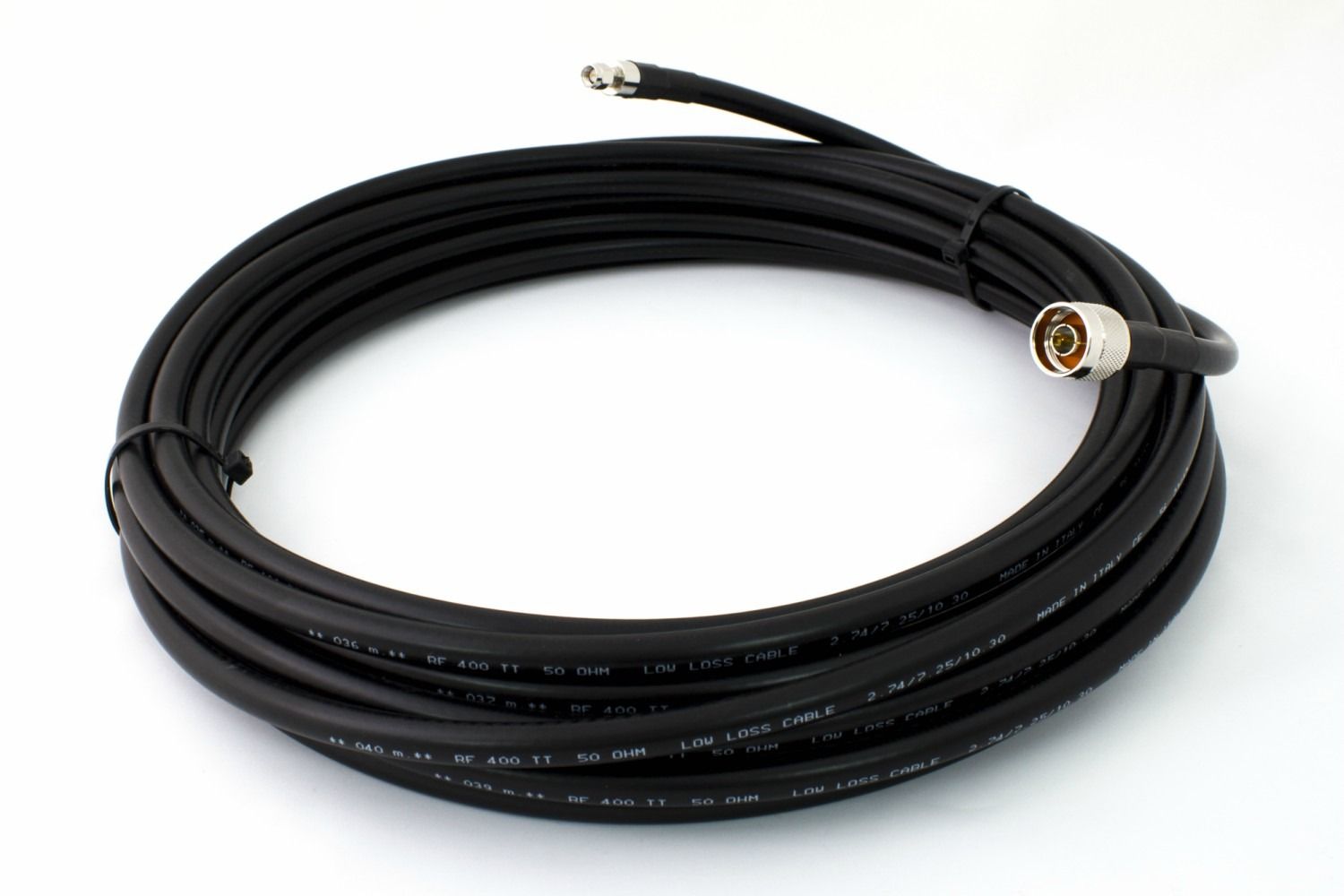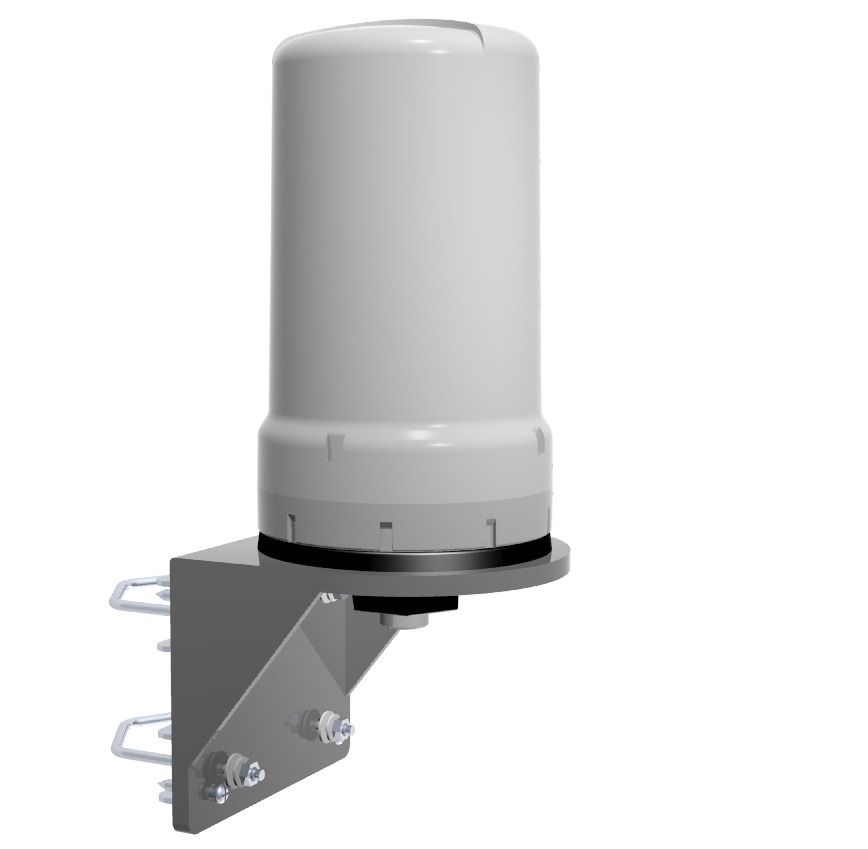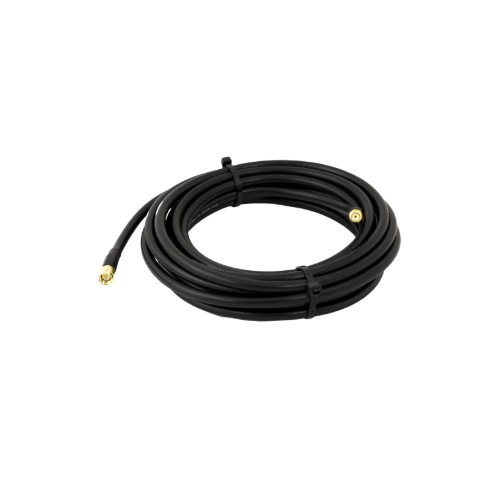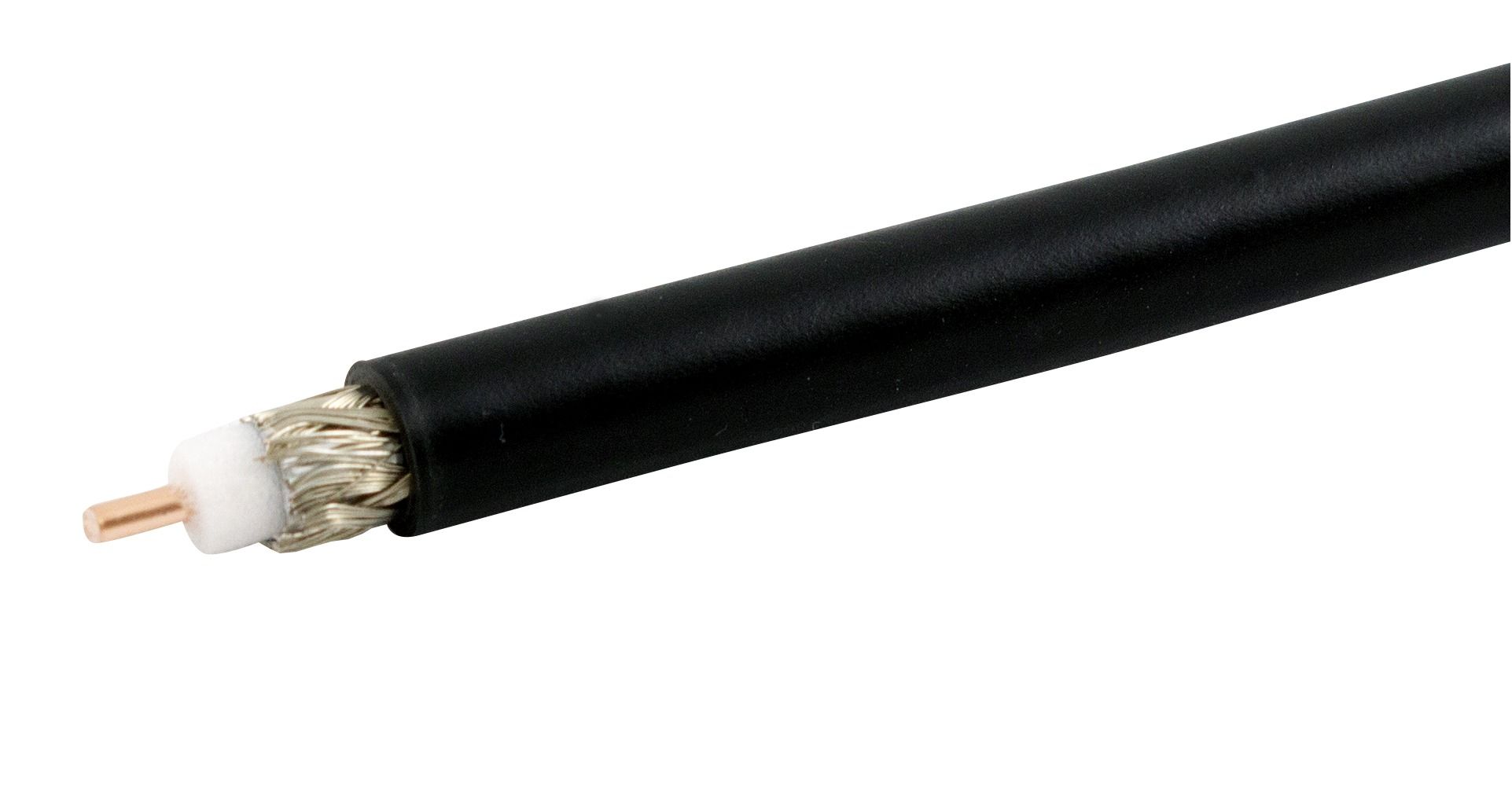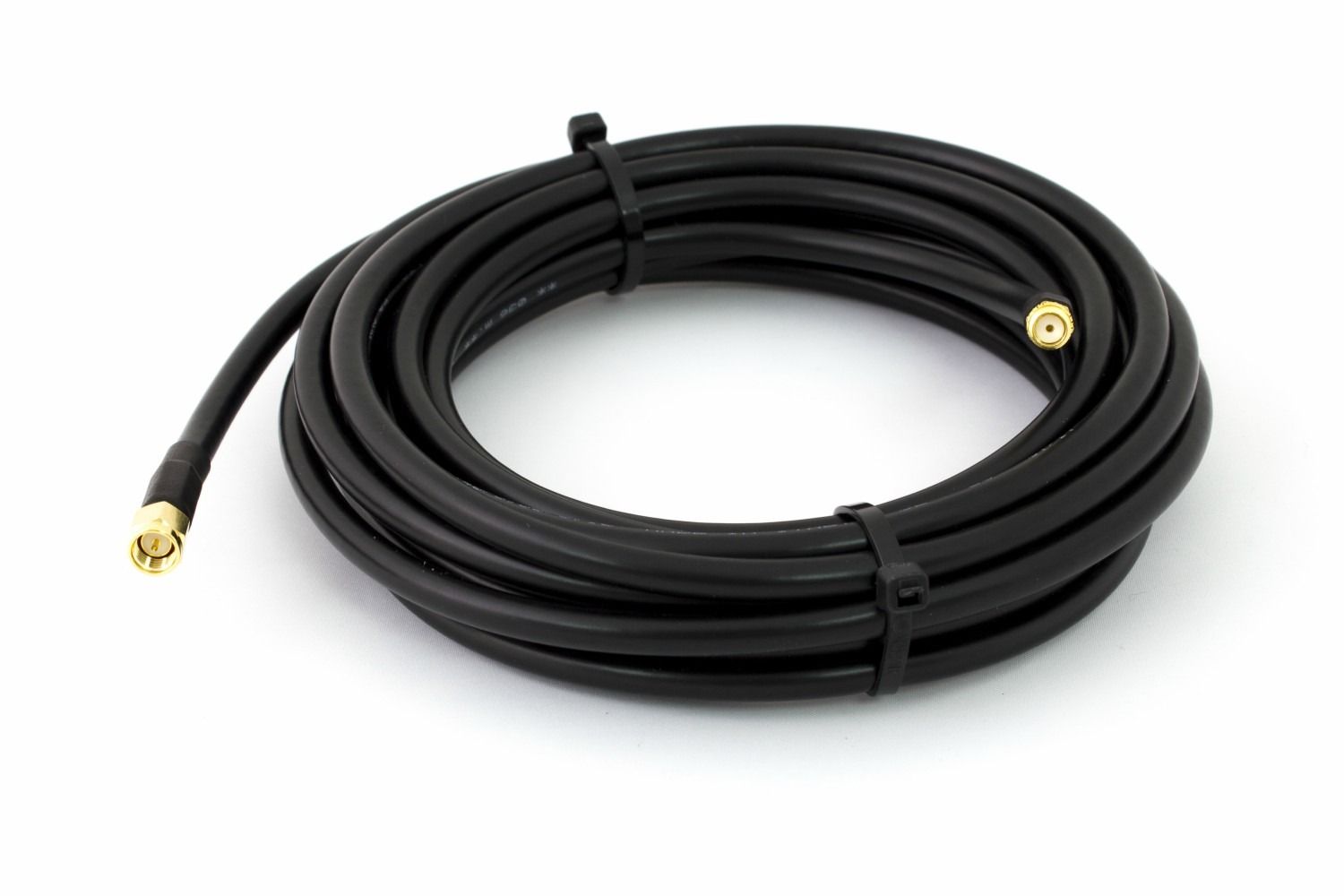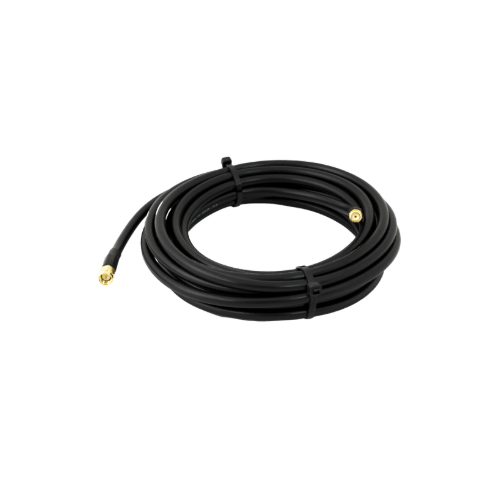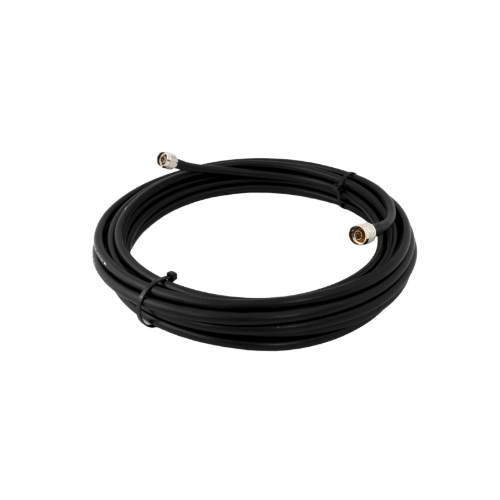Outdoor LTE Antennas are being increasingly deployed as wireless systems installations multiply. Applications such as wireless security, information screens, kiosks, network backup and resilience, remote network access, telemetry and telematic and vending systems demand strong and stable connectivity. Unfortunately many modern buildings are effectively Faraday cages; they are metal clad structures into which mobile cellular signals are unable to penetrate. Therefore often outdoor LTE antennas are required to provide connectivity to the LTE terminals, modems, routers and devices located inside the buildings.
For outdoor LTE antenna deployments, there are a number of considerations. These include network signal strength where the antenna will be installed, the distance from the antenna to the LTE equipment, the mounting method for the antenna i.e pole/mast mount, wall-mount or permanent through-hole mount, the size of antenna in case of local authority planning guidelines. Notwithstanding the above, the quality of the antenna, the quality of any low loss cable and other RF components such as lightning or surge protectors (to protect the LTE equipment against lightning strikes) are critical in a successful outdoor installation. You wouldn’t put cheap tyres on a medium or high end car so why would install low quality antennas and RF cables into professional LTE wireless access deployment.
Looking firstly at network signal strength and the distance from the antenna to the LTE equipment. These two points are related. A strong network signal at the antenna will typically allow for a longer RF low loss coaxial cable run to the LTE equipment. A good network signal at the antenna is generally required if the cable run is to be more than say 5 or 10M. The longer the cable run typically the thicker the type of coaxial cable installed in order to mitigate losses. For example, for 10-15M cable run for an omni-directional outdoor antenna located in a good signal strength area then RF240 6mm diameter low loss cable will usually suffice. Longer cables runs would usually look to RF400 10.2mm diameter low loss coaxial cable to mitigate cable run losses.
In terms of antennas, there are two types of antenna – SISO (one single antenna port) and MIMO (2 antenna ports). The type of antenna you would use will depend on the 4G / LTE equipment and whether that has 1 or 2 LTE antenna connectors. If the LTE device has one antenna connector, you use a single port LTE antenna. If the LTE device has two LTE antenna connectors, you should select a MIMO antenna.
For each SISO and MIMO type antenna, there are a number of antenna options. We will review some quality antenna choices here:
SISO – Single Port Outdoor LTE Antennas
Omni-directional – Antennas that radiate in all directions are called omni-directional (or omni) antennas. Think of a light bulb and how that radiates light into a room and you will understand the concept of an omni-directional antenna; it just radiates RF not light. For LTE outdoor installations, you will need a high gain omni-directional antenna. For wall-mount or pole mount LTE multi-band antennas, ideally you will need an antenna offering minimum 4-5 dBi gain, manufactured with materials such as UV-resistant radomes, non-corroding metal parts and the antennas should include mounting brackets. Two such examples are the FGO and HGO-4G-LTE antennas from EAD and Sirio respectively.
Other outdoor omni-directional antennas can be magnetic mount antennas, permanent low profile screw-mount antennas and typically these need to be mounted on to a metal surface. The LTE-HIGAIN-MAG, the AllDisc and the TRA6927M3 antennas are great of examples of discreet, compact antennas offering excellent RF performance.
Directional – Antennas that radiate in a single direction are called directional antennas. If you think of how a torch focuses a beam of light in one direction, a directional antenna functions in the same way radiating RF energy in a single direction. Typically, they operate the same way as a roof top TV antenna, you need to point the antenna towards the local mast (tower or base station). The most popular directional outdoor LTE antennas are panel antennas. They are typically quite compact and offer excellent gain properties usually somewhere between 8 and 11 dBi. A quality LTE directional panel antenna is the SMP-4G-LTE from Sirio or the LPS8270 from EAD.
MIMO – Dual Port Outdoor LTE Antennas
Omni-directional – MIMO omni-directional antennas usually compromise a little on the gain figures due to having two antenna elements inside one radome. But often installers find it preferable to install one MIMO antenna instead of two SISO antennas. The same selection criteria applies to the MIMO omni-directional antenna as the SISO, so look for quality, UV-resistant, proven MIMO LTE antennas combined with 2 quality low loss coaxial cables (one cable for each port). Choose an antenna with a flexible bracket configuration to allow ease of mounting. Such a choice is the popular LMO7270 antenna.
Another type of outdoor MIMO LTE antenna is a compact puck style antenna for discreet applications where the antenna should be mounted on a metal cabinet or enclosure. The antenna uses the metal surface as a groundplane so the antenna can be smaller and more compact without compromising performance too much. One such antenna is the CMO antenna. There are various possibilities for this style of MIMO antenna and some of these may include an additional RF element such as a WiFi or active GNSS antenna.
Directional – as with the SISO directional antennas, the most popular MIMO directional antennas are panel antennas. Despite their compact dimensions, they can offer higher gain than omni antennas, but need to be pointed towards the local network mast. Across the 700-2700 MHz range, directional antennas can typically offer 5-9 dBi gain. Good examples of such antennas are the SMP-MIMO-LTE and the LPM8270.
For outdoor installations, as we alluded to earlier, the correct selection of RF low loss coaxial cable is critical for longer cable runs especially at the higher frequency bands i.e. 1710-2690 MHz, a higher performance cable is required. The attenuation per metre figures are important, the longer the cable run, the less attenuation per metre is desired. For outdoor applications, industry “standard” cables such as RG58 are inadequate due to losses. A better solution is to pay a little more per metre and go with a low loss or very loss cable such as RF240 or RF400. You can download a summary guide of these cables here. The more low loss the cable, the longer the cable run between the antenna and the LTE device can be.
Also to protect your installation from lightning strikes you might need to consider surge protection. A decent surge protector will not typically save your antenna from a strike, but it should protect the network equipment sitting behind the antenna and cable. Such a surge protector is the PTC lightning arrestor. Please contact us for more details on this part.
We hope this short guide will provide you with some thoughts and considerations for installing outdoor LTE antennas. Please feel free to browse our website for our wide range of solutions and contact use

